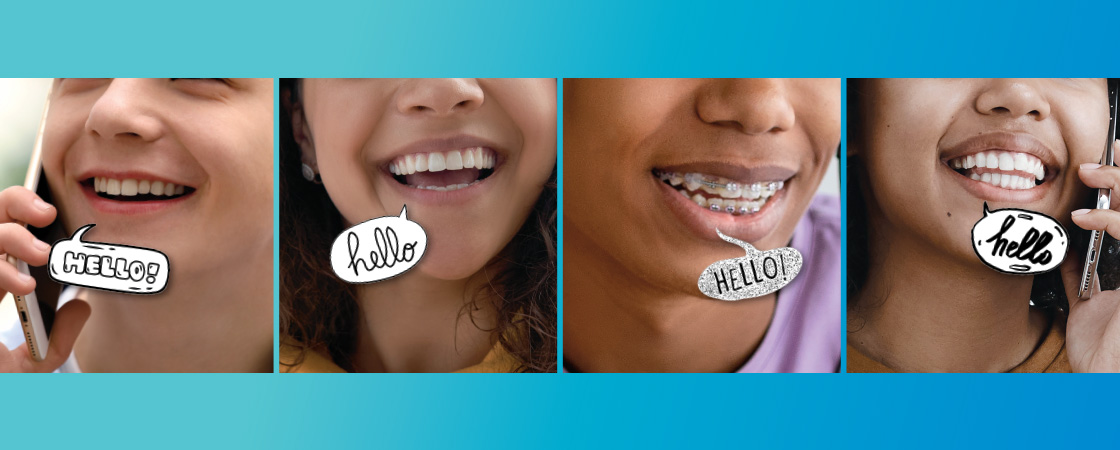What do you do when you pass a friendly neighbor as you’re walking down the street? Mostly likely, you wave and say “Hello.” But have you ever stopped to think about why?
Hello is a relatively new greeting. The term first came into use in the United States in the early 1800s, but back then, people didn’t use it to say “hi.” They used more formal expressions for that, such as “How do you do?” or “Good evening.” The word hello was used to get someone’s attention or to express surprise.
For example, if you caught your brother stealing your snack, you would say, “Hello there! Get your hands off my toast!” If you saw a spider in your shoe, you might shriek, “Hello! How did that get in there?”
But then the telephone came along, and everything started to change.

